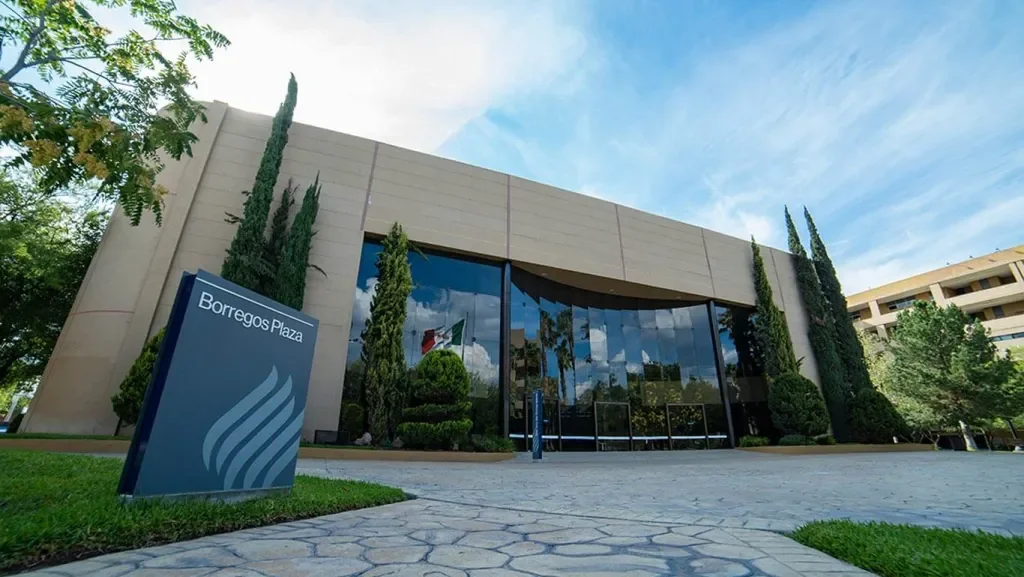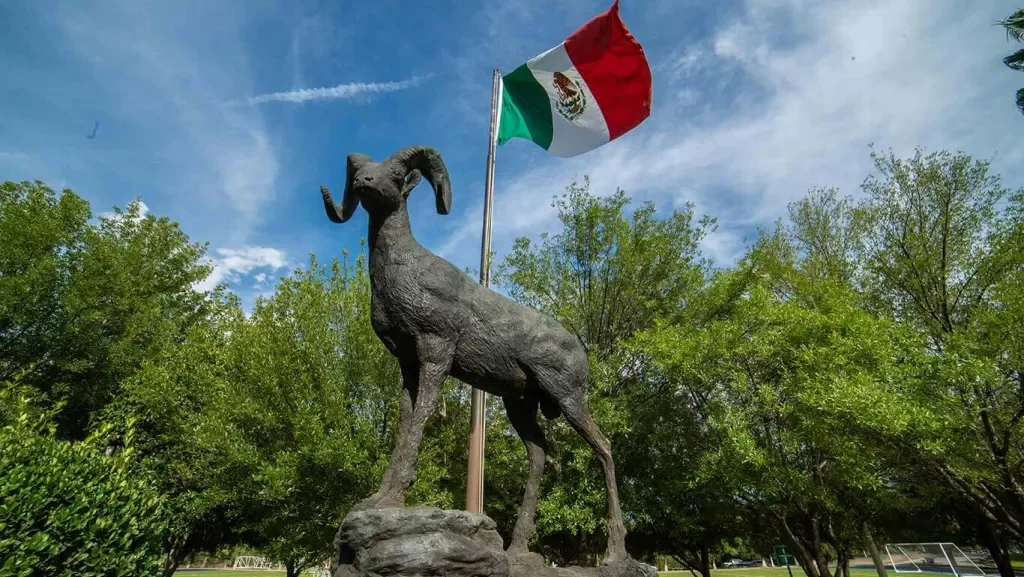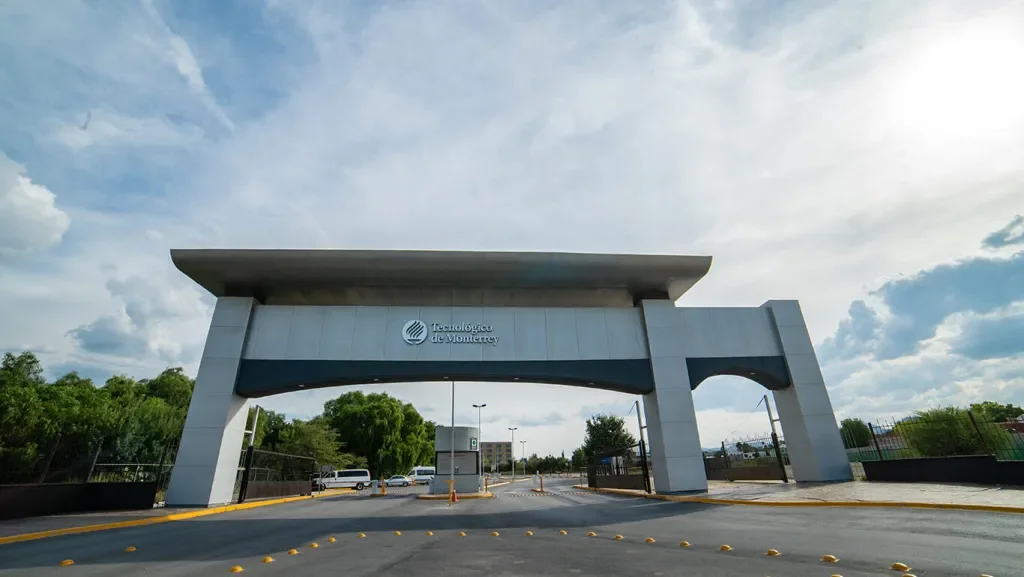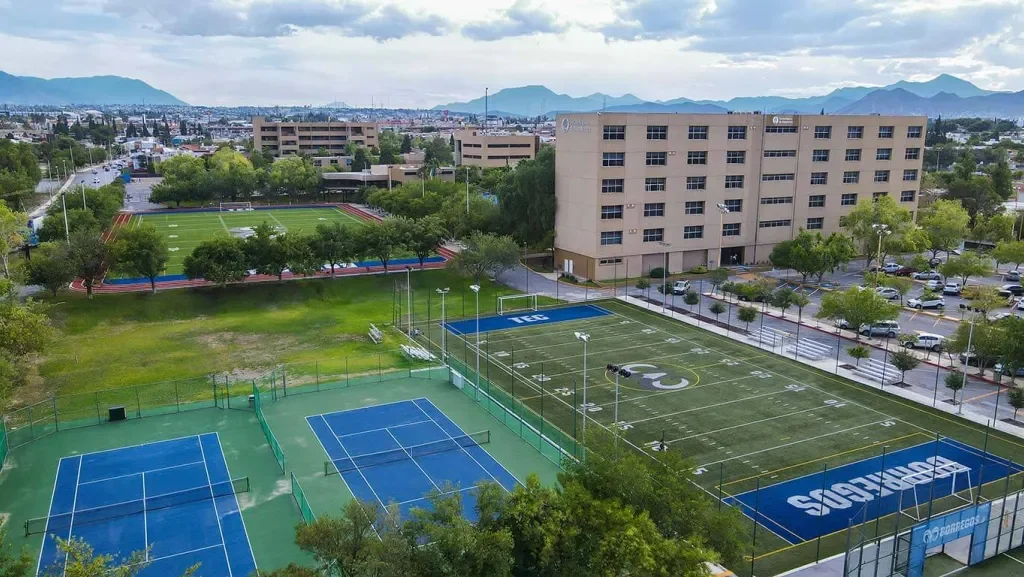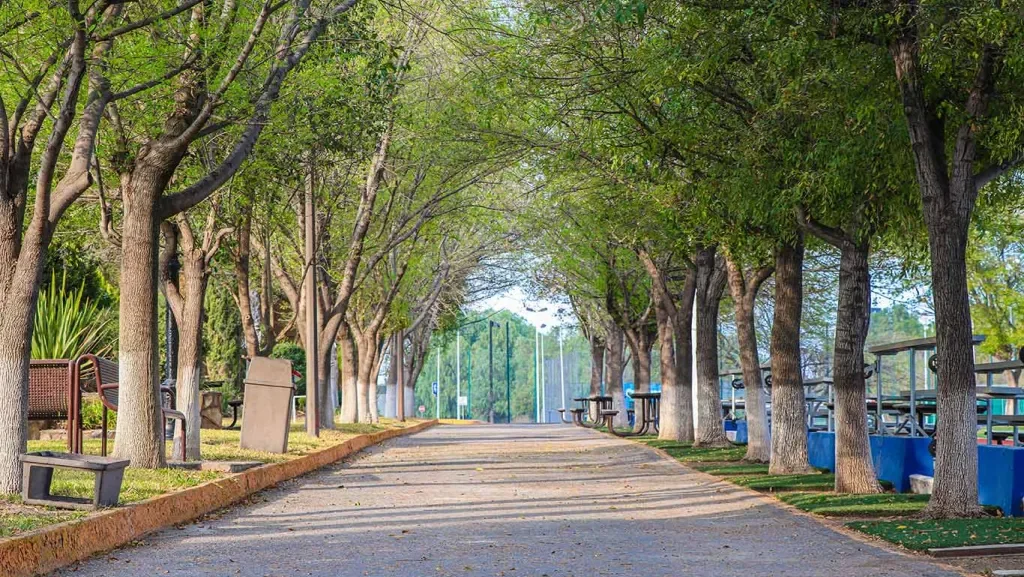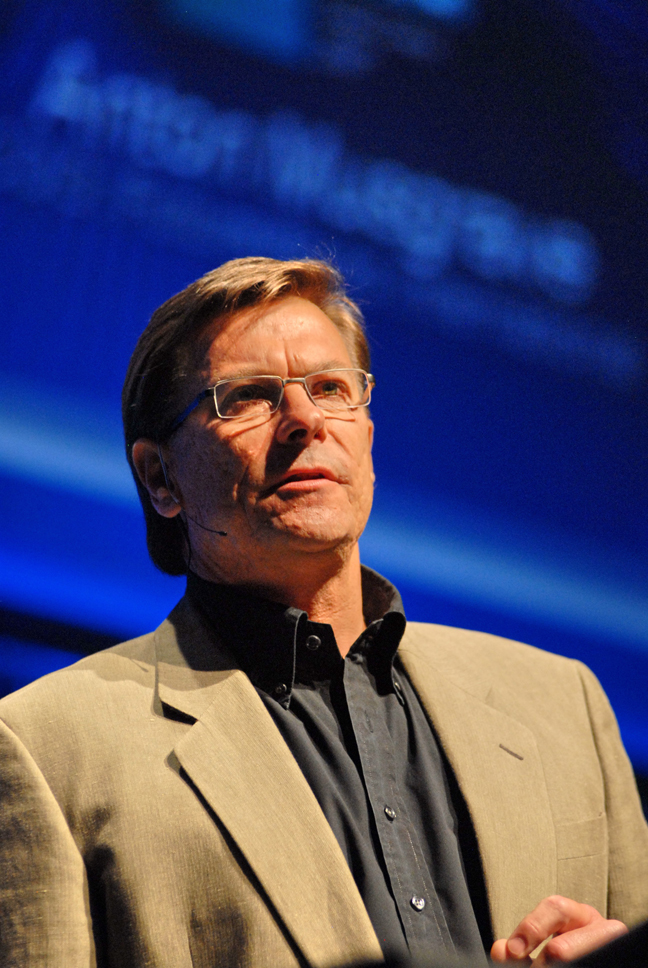keyboard_arrow_down
General information
Academic programs
Facilities
Events and community
Saltillo Campus' Academic Offer
Search by career
search
info
If your program isn't fully offered at the campus, we’ll support you from the admission process to help you complete it at another campus.
Schools
keyboard_arrow_down
info
Schools are groups of different careers that share an academic subject.
Programs
keyboard_arrow_down
info
If your program isn't fully offered at the campus, we’ll support you from the admission process to help you complete it at another campus.
Campus facilities
Upcoming events
We've opened spaces within our campus to encourage interaction of our students and alumni.
News
Tec Community
Contact our advisers
Any doubts? Don't worry! Our advisers are ready to answer all your questions and guide you through every step.

support_agent
Lucía Araceli González Rayas
Undergraduate Admission's Adviser
Book your visit.chevron_right
Contact Us
Register to receive information about our programs and admission process.
Please note: the contact form is currently available only in Spanish.
